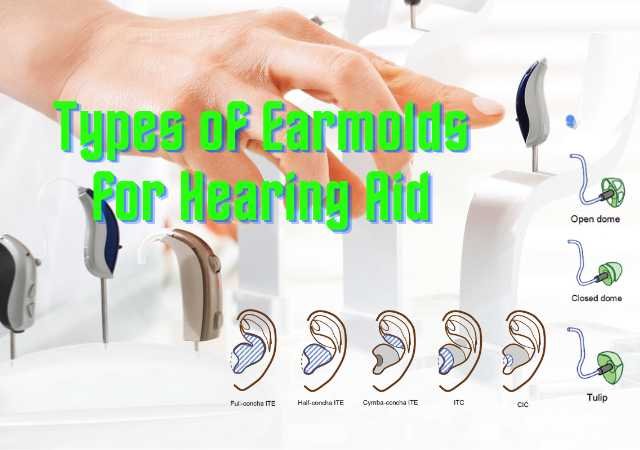Definitions of Speech Language and Communication: Speech involves the physical production of sounds and words, language is a system of symbols and grammar used for meaningful communication, and communication encompasses the entire process of exchanging information between individuals, including both verbal and non-verbal means. Grammar and vocabulary make up the structured communication system known as language. It is the main way that people express meaning, both orally and in writing. Sign languages can also be used to do this. All three components are vital for human interaction and understanding.
Definition of Speech
Van Riper defined speech, as the audible manifestation of language
Definition of Language
According to Sapir, Language is a purely human and noninstinctive method of communicating ideas, emotions, and desires by means of a system of voluntarily produced symbols.
Henry Sweet, stated: “Language is the expression of ideas by means of speech-sounds combined into words. Words are combined into sentences, this combination answering to that of ideas into thoughts.”
Definition of Communication
T.A. Subba Rao in his book “Manual on Developing Communication Skill in Mentally Retarded Persons” defined communication as –
“Communication is mainly an active and intentional two-way process of exchange of messages”
Difference between Speech Language and Communication
Speech: Speech refers to the physical act of producing sounds to communicate with others. It involves the coordination of various organs, such as the tongue, lips, vocal cords, and diaphragm, to produce articulate sounds and words. Speech is an essential component of verbal communication and allows individuals to convey their thoughts, feelings, and ideas audibly. Any difficulties or disorders in speech production may result in speech impediments, such as lisps or stutters.
Language: Language is a complex and structured system of communication that involves the use of symbols, words, and grammar to convey meaning. It includes both spoken (oral) language and written language. Language encompasses a vast range of components, such as vocabulary (words and their meanings), syntax (grammar rules for constructing sentences), semantics (meaning of words and sentences), and pragmatics (the appropriate use of language in different social contexts). Language enables us to understand and express thoughts, share information, and engage in meaningful interactions with others.
Communication: Communication, in a broader sense, refers to the process of exchanging information, ideas, and feelings between individuals. It goes beyond just language and speech. Communication can be verbal (spoken or written) or non-verbal, which includes body language, facial expressions, gestures, and even the use of visual aids. Effective communication involves not only conveying information accurately but also understanding and interpreting the messages received from others.
References:
- Speech Science Primer (Sixth Edition) Lawrence J. Raphael, Gloria J. Borden, Katherine S. Harris [Book]
- Manual on Developing Communication Skill in Mentally Retarded Persons T.A. Subba Rao [Book]
- SPEECH CORRECTION An Introduction to Speech Pathology and Audiology 9th Edition Charles Van Riper [Book]
You are reading about:
Definitions of Speech Language and Communication







0 Comments